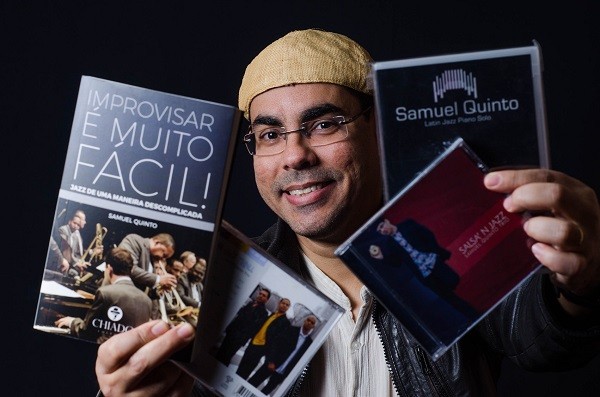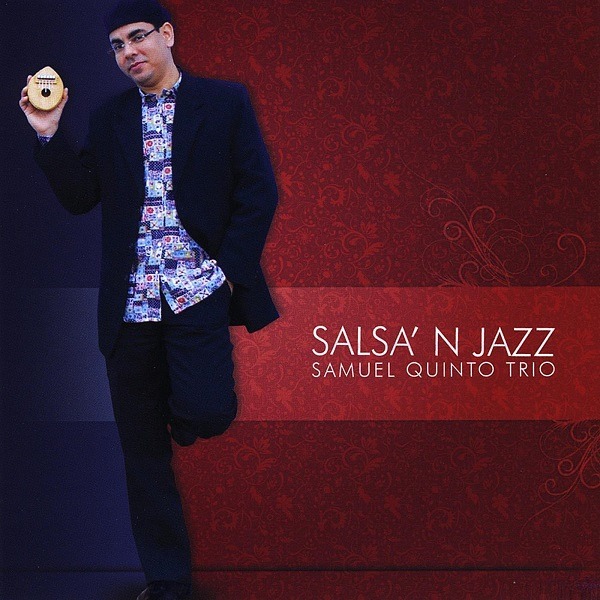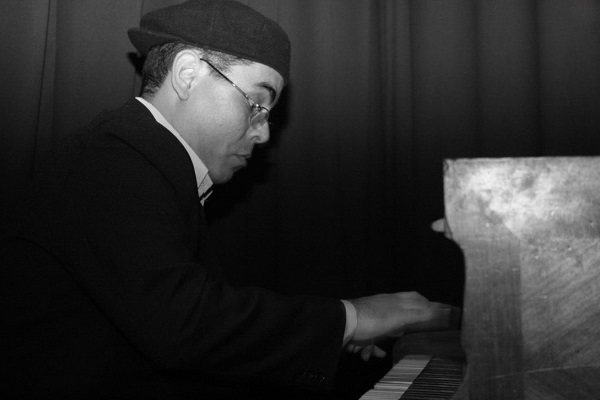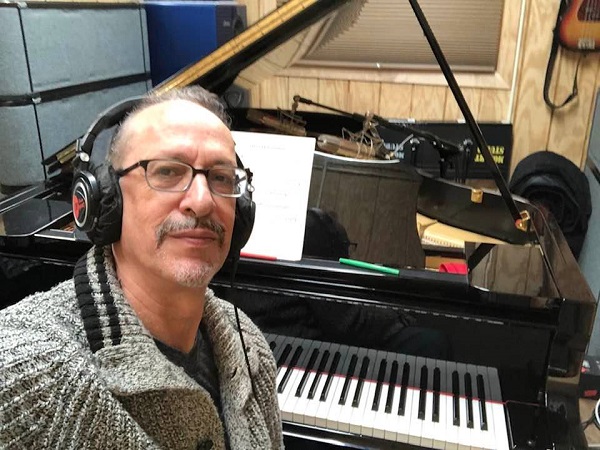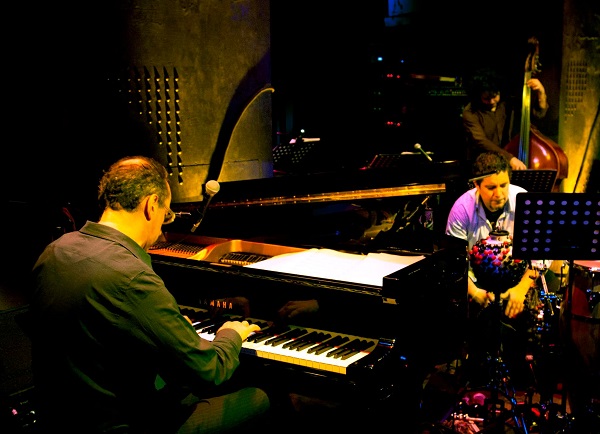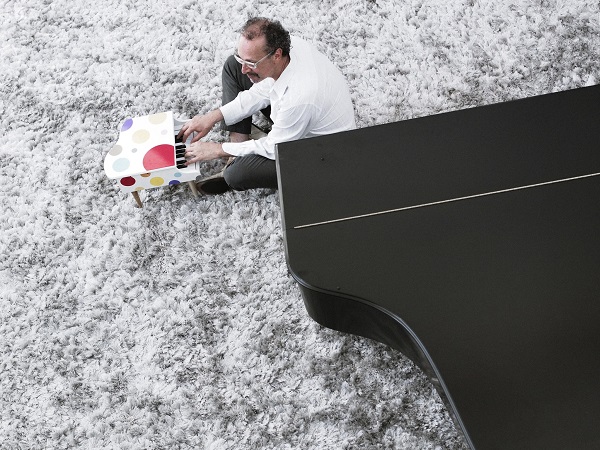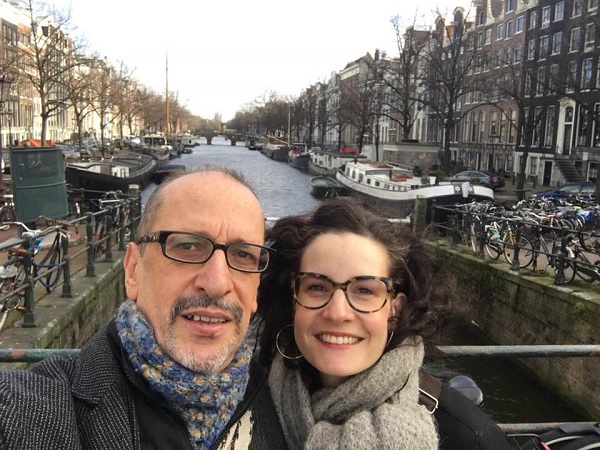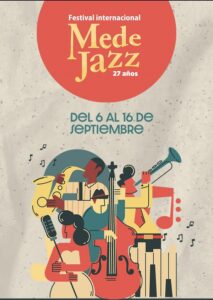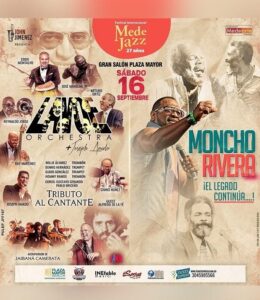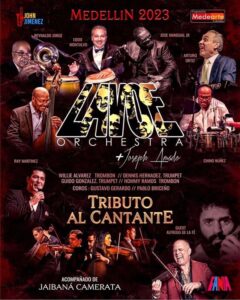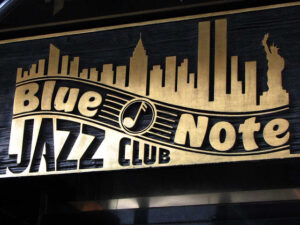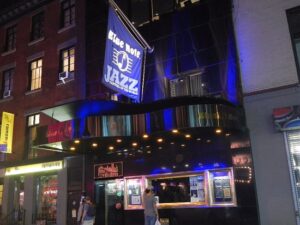Flora Purim (born March 6, 1942 in Rio de Janeiro) is a Brazilian jazz singer known primarily for her work in the jazz fusion style.
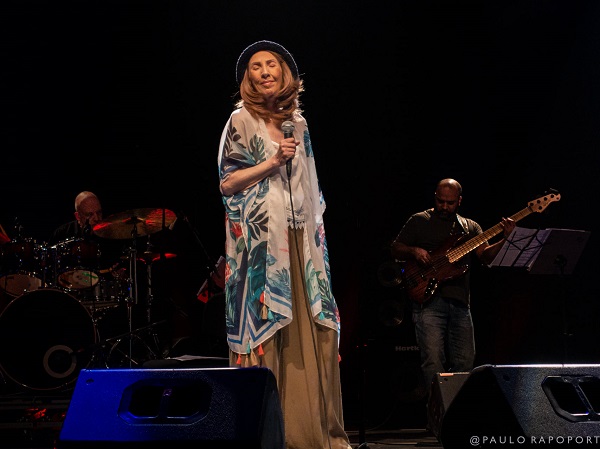
She was featured for her part on Chick Corea’s landmark album Back to Eternity.
She has recorded and performed with many artists, including Stanley Clarke, Dizzy Gillespie, Gil Evans, Stan Getz, the Grateful Dead, Santana, Jaco Pastorius, and her husband Airto Moreira.
Flora Purim’s voice has earned her two Grammy nominations for Best Female Jazz Performance and Down Beat magazine’s Best Female Singer award four times.
Her musical partners include Gil Evans, Stan Getz, Chick Corea, Dizzy Gillespie and Airto Moreira, with whom she has collaborated on more than 30 albums since moving with him from her native Rio to New York in 1967.
In New York, she and Airto became the center of the period of musical expression and creativity that produced the first commercially successful “Electric Jazz” groups of the 1970s.
Blue Note artist Duke Pearson was the first American musician to invite Flora to sing with him on stage and on record.
She then toured with Gil Evans, about whom she says, “This guy changed my life. He gave us a lot of support to do the craziest things.
This was the beginning for me. Her reputation as an outstanding performer earned her work with Chick Corea and Stan Getz as part of the New Jazz movement that also contained the nurturing influence of saxophonist Cannonball Adderley.
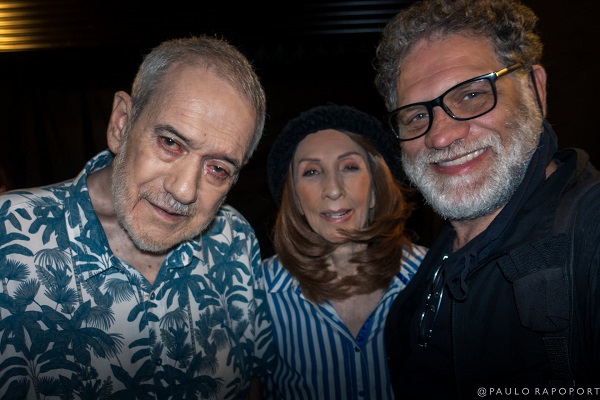
Soon after, Flora began to seriously re-educate discriminating musical minds after joining with Chick Corea, Stanley Clarke and Joe Farrell to form Return To Forever in late 1971.
Two classic albums resulted – Return to Forever and Light as a Feather nodal points in the development of jazz fusion.
Flora’s first solo album in the United States, Butterfly Dreams, released in 1973, immediately placed her among the top five jazz singers in Down Beat magazine’s jazz poll.
In the mid-1980s, Flora and Airto resumed their musical collaboration to record two albums for Concord – Humble People and The Magicians – for which she received Grammy nominations.
In 1992 she went further by singing on two Grammy winning albums – Planet Drum with Grateful Dead drummer Mickey Hart (Best World Music Album) and the Dizzy Gillespie United Nations Orchestra (Best Jazz Album).
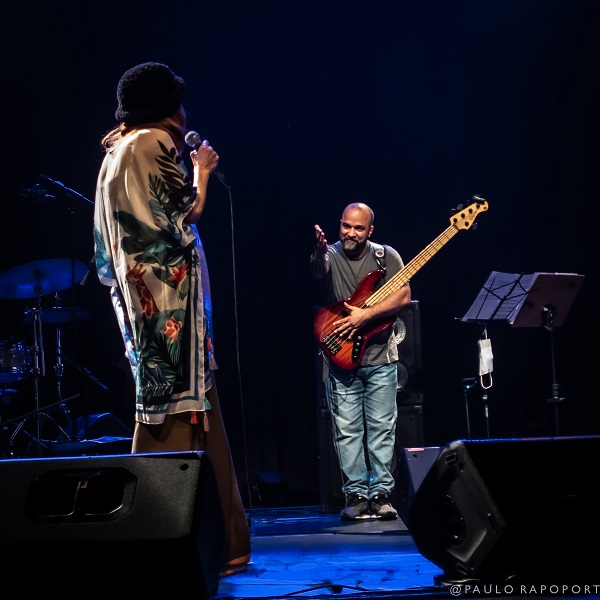
The launch of the Latin jazz band Fourth World in 1991, featuring Airto, new guitar hero Jose Neto, and keyboard and reeds leader Gary Meek, marked a new era in Flora’s career.
The band was signed to the British jazz label B&W Music, and Flora consciously set out to win over the next wave of listeners.
Flora’s 1995 album Speed of Light, with major writing and performance contributions from Chill Factor and Flora’s daughter Diana Purim Moreira, makes the connection between her experimental beginnings with Chick Corea and Gil Evans and the new “head” music being produced by jazz musicians in the London and New York hip hop scenes.

Flora Purim Open Your Eyes You Can Fly (1976)
1- Open Your Eyes, You Can Fly (Chick Corea-Neville Potter)
2-Time’s Lie (Chick Corea-Neville Potter)
3- Sometime Ago (Chick Corea-Neville Potter)
4-San Francisco River (Airto Moreira-Purim Purim)
5-Andei “I Walked” (Hermeto Pascoal)
6-Ina’s Song “Trip to Bahia” (Flora Purim)
7-Conversation (Hermeto Pascoal)
8-Medley: White Wing/Blank Wing (Hermeto Pascoal-Flora Purim).
arrangements:
Hermeto Pascoal (4.5.7.
Egberto Gismonti (4)
Flora Purim (6)
The whole group (1.2.3)
01-David Amaro – electric guitar
George Duke – electric piano
Alfonso Johnson – electric bass
Ndugu (Leon Chancler) – drums
Background vocals: Flora, David Amaro, George Duke, Hermeto Pascoal
Instrumental solo: David Amaro (electric guitar)
02-Hermeto Pascoal – flute
David Amaro – acoustic guitar
George Duke – electric piano, ARP sequence,
ensemble synthesizer
Alfonso Johnson – electric and acoustic bass – Alfonso Johnson – electric and acoustic bass
Ndugu – drums
Airto Moreira – percussion
Instrumental solo: Hermeto Pascoal (flute), Nudgu (drums)
03-Hermeto Pascoal – flute
David Amaro – electric guitar
George Duke – electric piano, ARP sequence,
ensemble synthesizer
Alfonso Johnson – electric bass
Ndugu – drums
Airto Moreira – percussion
Laudir de Oliveira – congas
Instrumental soloist: Hermeto Pascoal (flute), David Amaro
(electric guitar)
04-Hermeto Pascoal – flute, electric piano
Egberto Gismonti – acoustic guitar
David Amaro – electric guitar
George Duke – moog synthesizer
Alfonso Johnson – electric bass
Ron Carretero – acoustic bass
Robertinho Silva – drums
Instrumental duet: Hermeto Pascoal (flute) and George Duke
(synthesizer
05-Hermeto Pascoal – flute, electric piano
David Amaro – electric guitar
George Duke – moog synthesizer, clavinet
Alfonso Johnson – electric bass
Airto Moreira – percussion
Robertinho Silva – drums, berimbauduet
vocal: Flora Purim and Airto Moreira
Instrumental duet: Hermeto Pascoal (flute), George Duke (flute), George Duke
(synthesizer), David Amaro (electric guitar)
06 -Hermeto Pascoal – electric piano
David Amaro – electric guitar
George Duke – moog, ARP Odyssey and ARP Odyssey sequences, ARP synthesizer
ARP, ensemble synthesizer
Alfonso Johnson – electric and acoustic bass – Alfonso Johnson – electric bass and acoustic bass
Robertinho Silva – drums, percussion
Laudir de Oliveira -congas
Instrumental solo: Georrge Duke (ARP synthesizer)
Odyssey)
07-Hermeto Pascoal – electric piano
David Amaro – electric guitar
George Duke – ARP sequences ensemble and moog synthesizer
moog synthesizer
Alfonso Johnson – acoustic bass
Airto Moreira – percussion
08-Hermeto Pascoal – electric piano, pipe, harpsichord,
whistling, percussion (seven-up bottles)
Egberto Gismonti – acoustic guitar
Ron Carretero – acoustic bass
Alfonso Johnson – electric bass
Airto Moreira – percussion, drums, berimbau
Robertinho Silva – percussion, berimbauduet
vocal: Flora Purim and Airto Moreira
Instrumental solo: Hermeto Pascoal (harpsichord and whistle)
Information realized (March 28, 2008)
Sources:
Also Read: Samuel Quinto Feitosa is a Brazilian virtuoso jazz and classical pianist
